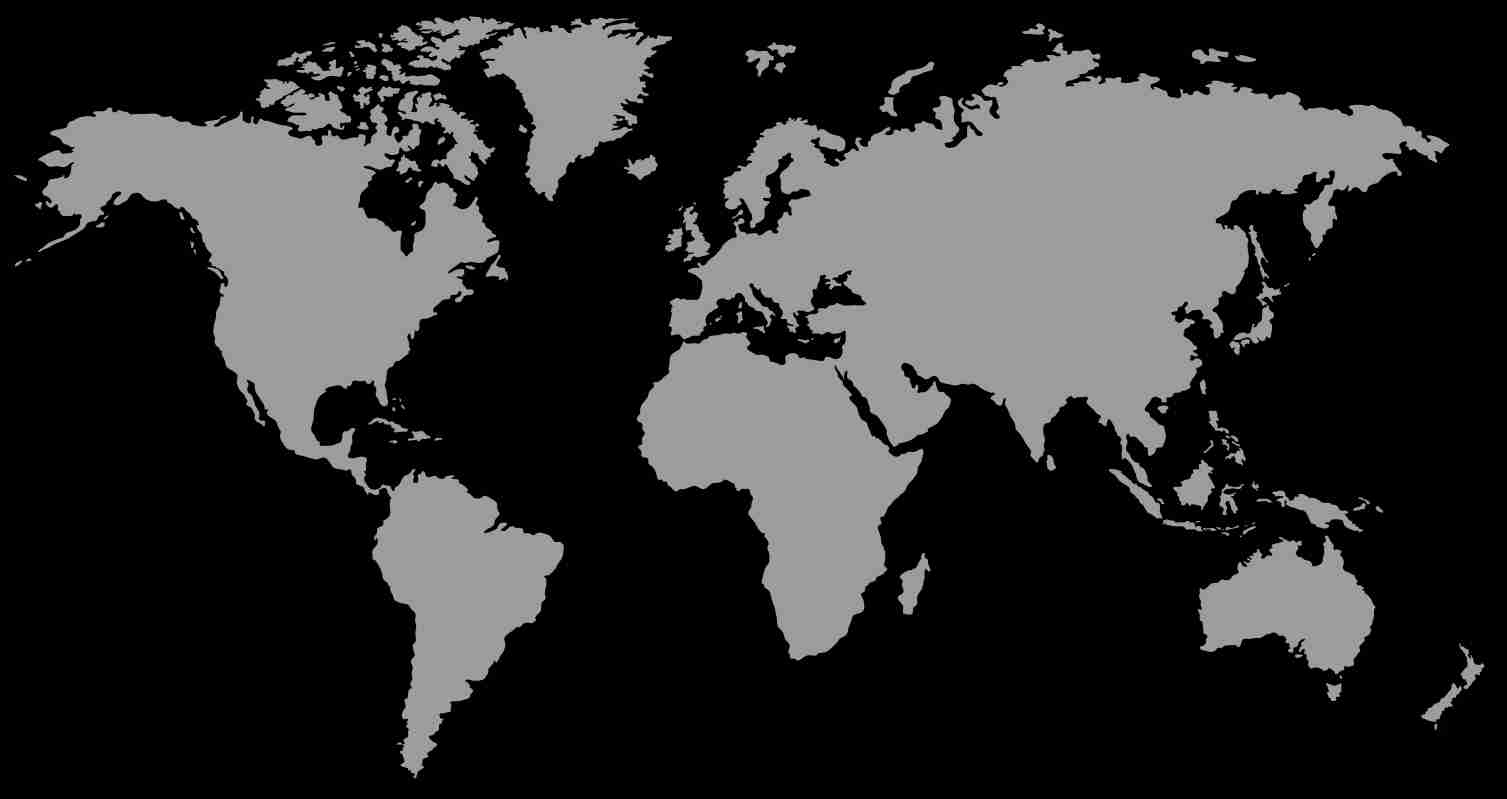
The best bits from Joanna Lumley in Cuba
BlogSoak in Havana’s faded glamour
Havana has a pretty distinct personality which you won’t find anywhere else on the planet. Those who travel here – us included – are often left mesmerised by its hotchpotch architecture, lingering music, cutting-edge art scene and graffiti. Not to mention its variety of distinct neighbours, and we don’t just mean within Habana Vieja (Old Havana).
Lumley kicked things off with a classic car tour – and that’s just the way we like to do it too. It’s the quintessential way to explore the city’s crumbling colonial beauty, peeling bygone glamour and forest-draped parks of greenery.
In the first episode, we watch as Lumley visits The National, a hotel that predates the revolution, where she’s enamoured by the lively cabaret performances. But you don’t have to go anywhere particularly special to feel Havana’s pulse. Take a wander through the maze of cobbled streets and you’ll usually be rewarded with Rumba beats and hole-in-the-wall mojito bars.


Visit tobacco farms in Viñales
Next up is Viñales, arguably the most famous tobacco-growing region in Cuba. Home to green valleys and striking, craggy hillocks, which were formed by ancient erosion in the Jurassic period, Viñales has an unmistakable laid-back, old-world charm. It’s the quintessential Cuba that you might imagine when you close your eyes. Here, life isn’t staged, it simply unfolds as it has done for decades; straw-capped farmers perch on wooden verandas, horse carts line dusty paths and red-tiled bungalows scorch in the midday sun.
It’s here where Lumley visits a cigar factory, meeting the locals and honing her cigar-rolling skills. One of our travel specialists’ favourite things to do in Viñales is taking hikes through the tobacco hills, where you’re surrounded by jungle-topped hills and red-earth fields. If you’re feeling extra adventurous, you can even saddle-up and do the trip on horseback!
“I’ve met lots of people who’ve been [to Cuba], ‘Oh, the old-fashioned cars. Hurry, because it’s going to change, and you’ll lose that beauty of old Havana.’ Well, I don’t think that Cuba is moving fast enough for old Havana to change for a long time. They might put up a couple of new hotels but all the old splendour of the streets, and the beauty, it’s a stunning city.”
– Joanna Lumley, The Irish Times
Take time-out on the beach in Cayo Jutias
Granted, this spot wasn’t featured on Joanna Lumley’s road trip, but it should’ve been! It’s one of our favourite beaches in Cuba, and within easy reach from Vinales – so it’s perfect if you’re up for a lazy beach day.
There aren’t any hotels here. This means it’s retained an untouched feel, and you’ll find white sands and crystal clear waters which rival any of the big resorts. There are a couple of small bars, as well as kayak rental and snorkeling trips…or you could just wander amongst the mangroves and find a quiet spot to relax.


Viva la revolucion in Santa Clara
Santa Clara is smack-bang in the centre of Cuba, making it the perfect pit-stop if you’re venturing further south to Trinidad. If you’re fascinated by tales of Cuba’s revolutionary history and leaders, then Santa Clara is an important place to visit. Like Joanna Lumley, you can pay a visit to the mausoleum of Che Guevara, a museum dedicated to the memory of Che and his 29 fellow guerrillas who died with him in Bolivia.
Plenty of people argue that Santa Clara steals Havana’s crown for Cuba’s most revolutionary city – and not just because of legendary Che. Santa Clara is a creative city with an edgy culture of student communities who often push the boundaries of Cuba’s censorship. Home to a bold art scene, popular rock festival, and Cuba’s only official drag show, this city has revolution and rebellion in its blood.
Lap up the culture in Santiago de Cuba
Fidel Castro’s home town of Santiago de Cuba is up next on Lumley’s off the beaten track itinerary. And she’s there just in time for the 60th anniversary of the Great Revolution.
Sandwiched between the Sierra Maestra Mountains and the Caribbean Sea, Santiago is Cuba’s cultural capital, bursting with music and a very Afro-Caribbean vibe that sets it apart from other cities. It’s the beating heart of Cuban literature, architecture and culture too.
If you’re a music lover, head to the Casa de la Trova in Tivoli, the city’s French Quarter. Top Cuban musicians, such as members of the Buena Vista Social Club, make pop-up appearances here. It’s a soulful Cuban institution that you simply can’t miss.
While you’re here, you can also visit the Moncada barracks, where Castro was captured in 1953, and also visit his burial tomb. Visit the battlements of the UNESCO-protected Castillo el Morro, pop in to the Run & Cigar ‘Houses’ before taking a stroll through the Parque Cespedes.
“I loved Santiago de Cuba, which is where the revolution started, where Fidel came from the hills with this idea of overthrowing the top-heavy, over-rich government. Because most of Cuba was settled by the Spanish, it was built in a Spanish way around squares. Every square had a cathedral, a grand hotel, maybe something like a huge library, possibly a university. It’s terribly grand.”
– Joanna Lumley, The Irish News
Psst… If you missed the show, you can catch up on the ITV hub.


